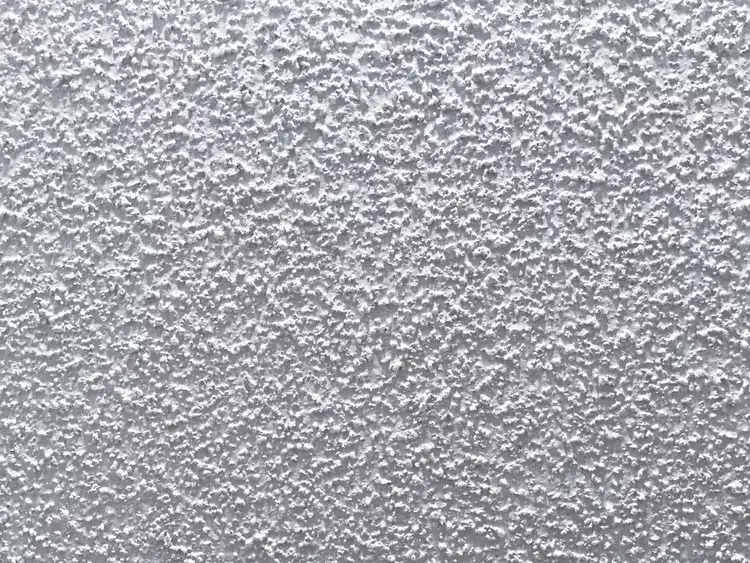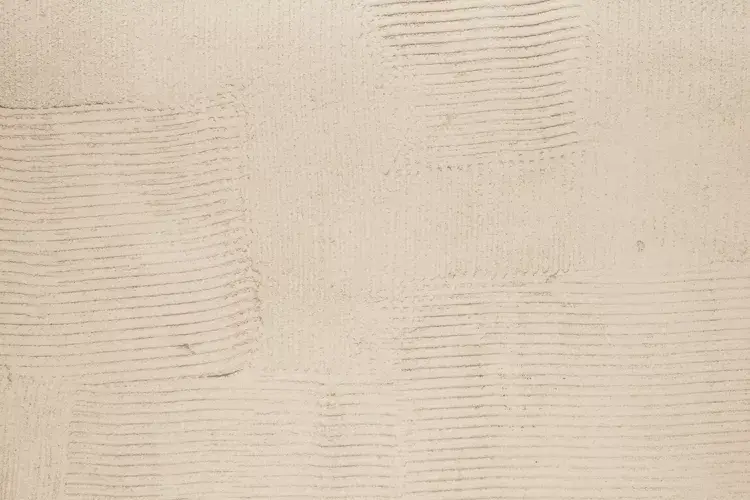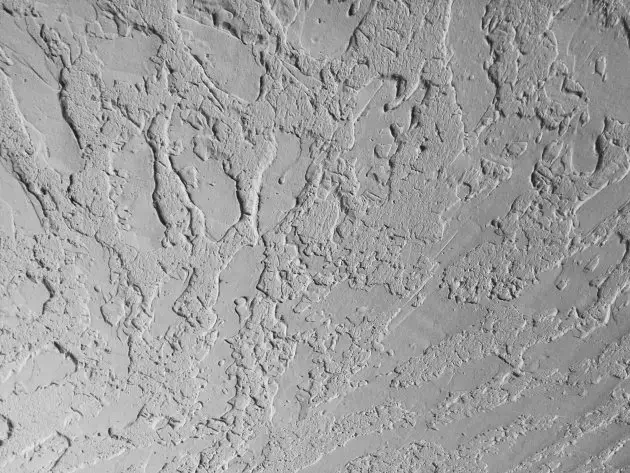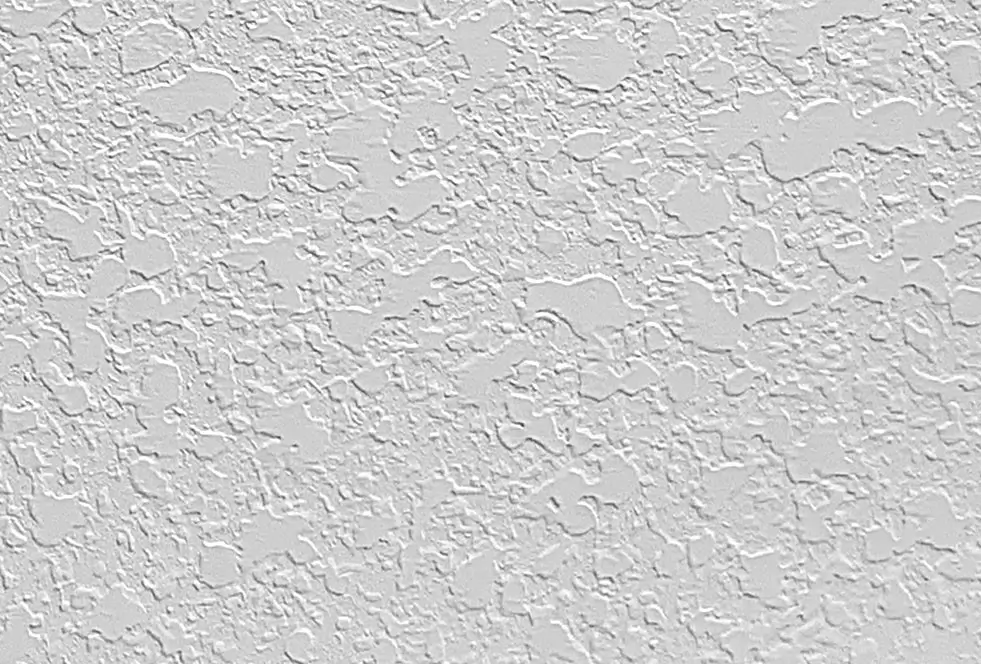Hello, design enthusiasts! Ever notice how some rooms just feel right? Often, textured walls are the secret. With years of hands-on design experience, I can affirm that exploring Wall Texture Types beyond flat paint is a powerful way to add personality, depth, and bespoke elegance to your space. It’s like your walls’ finest attire – a truly transformative detail.
This guide explores 10 captivating wall texture types, detailing their unique appeal, creation, and ideal applications. Whether you seek a subtle backdrop or a statement wall, consider this your playbook.
Why Embrace Wall Textures?
Texture is a design game-changer:
- Adds Character: Textured walls tell a story of craftsmanship, elevating a room’s personality beyond flat paint.
- Hides Imperfections: Many textures masterfully conceal minor dings or unevenness – a trusted trick!
- Defines Style: From rustic to modern, texture underpins your chosen aesthetic.
- Invites Touch: It adds a sensory dimension, making spaces feel cozier and more grounded.
- Plays with Light: Textures create dynamic shadows and highlights, adding visual magic.
Key Factors in Choosing Your Texture
Before deciding, I always advise considering these:
- Room’s Purpose & Mood: A high-traffic hall needs durability; a bedroom may crave serenity. Match the texture to the function.
- Home’s Architectural Style: Ensure the texture complements your home’s existing character – be it rustic, contemporary, or classic.
- Lighting Impact: Observe how natural and artificial light interact with potential textures at different times; this is crucial.
- DIY or Pro?: Honestly assess your skills. Some textures are DIY-friendly with practice; others require professional finesse.
- Scale & Balance: Consider room size and ceiling height. Bolder textures need space to breathe.
Our Top 10 Wall Texture Types Explored
Let’s meet the stars of the show:
1. Orange Peel Texture: The Subtle All-Rounder

- What it is: Resembling an orange’s skin, this popular texture offers a fine, bumpy surface – subtly nuanced yet understated. It’s a widely used favorite for good reason.
- How it’s created: Thinned drywall compound is typically sprayed on, creating a gentle, dimpled effect.
- Best for: Almost any room. It’s versatile and hides minor blemishes without demanding attention.
- Considerations: Tricky to patch seamlessly if significant damage occurs.
- Designer’s Touch: Pair with an eggshell or satin paint to subtly enhance its dimensionality with a sophisticated glow.
2. Knockdown Texture: Dimension with Grace

- What it is: Knockdown offers more dimension than orange peel, with a distinctive pattern of flattened “peaks” and shallow “valleys” for a more pronounced, elegant look.
- How it’s created: After spraying compound, a wide knife lightly flattens the wet material.
- Best for: Common areas like living rooms and master bedrooms needing a touch of sophistication; excellent for concealing imperfections.
- Considerations: The texture’s “heaviness” varies; discuss with your applicator, as repairs require careful matching.
- Designer’s Touch: A heavier knockdown suits Mediterranean or rustic styles, especially with earthy paint tones.
3. Popcorn (Acoustic) Texture: The Retro Performer

- What it is: Known for its bumpy “kernels,” this was a mid-century ceiling favorite, prized for sound-dampening.
- How it’s created: A mixture with lightweight particles (e.g., polystyrene) is sprayed on.
- Best for: Primarily ceilings in older homes needing sound absorption and to hide flaws.
- Considerations: Dated for walls; hard to clean. Pre-1980s versions may contain asbestos (the EPA offers guidance on protecting your family from asbestos exposure) – always test and use certified pros for removal!
- Designer’s Touch: Fresh white paint can help existing popcorn ceilings recede. For walls, I generally advise smoother, modern alternatives.
4. Comb Texture: Artistic Patterns

- What it is: Walls become a canvas with patterns like stripes, fans, or waves created in wet compound using a toothed trowel or comb.
- How it’s created: A comb tool is drawn through a skim coat of wet compound.
- Best for: Accent walls or entryways desiring a distinct, handcrafted decorative element.
- Considerations: Quality depends heavily on applicator skill; poorly done or overly busy patterns can look dated.
- Designer’s Touch: Consider a geometric comb design for a contemporary accent. DIYers: always practice on a spare board first!
5. Slap Brush Texture: Boldly Unique

- What it is: Also known as “Crow’s Feet” or “Stomp Texture,” this creates bold, random, somewhat floral or sunburst patterns. “Rosebud” is a charming variant.
- How it’s created: Compound is rolled on, then a stiff-bristled “slap brush” is pressed or twisted against the wet mud.
- Best for: Adding a strong country, rustic, or whimsical statement, often in casual spaces or as an accent.
- Considerations: A very prominent texture; ensure it complements your overall design and doesn’t clash with other patterns.
- Designer’s Touch: Use on a single accent wall in a den. Balance its boldness with simpler surrounding elements.
6. Skip Trowel Texture: Rustic & Evocative

- What it is: Creates an intentionally imperfect, rustic surface with random raised areas and smoother “skipped” valleys, evoking Mediterranean or Southwestern charm.
- How it’s created: A trowel “skips” lightly across a thin layer of mud, leaving parts behind.
- Best for: Homes aiming for an Old World, Tuscan, or Santa Fe aesthetic; adds warmth and handcrafted character.
- Considerations: Achieving an authentic and appealing skip trowel finish truly requires an experienced hand; I’ve seen many DIY attempts fall short because mastering the ‘skip’ for consistent randomness is harder than it appears – it’s a true art form.
- Designer’s Touch: Pairs beautifully with earthy tones, terracotta, and natural wood. Ideal for dining rooms or entryways.
7. Sand Swirl Texture: Subtle Flow

- What it is: Fine sand mixed into paint or compound is applied in swirling motions, creating a subtle, flowing, often luminous pattern.
- How it’s created: The sand-infused mixture is applied, then swirled with a brush or trowel before it sets.
- Best for: Adding soft elegance and gentle movement to bedrooms or living areas; less assertive than other decorative textures.
- Considerations: Consistent, aesthetically pleasing swirls require patience and a good eye.
- Designer’s Touch: Apply in large, graceful, overlapping fan shapes. This texture catches light beautifully.
8. Hawk and Trowel Texture: Old World Artistry

- What it is: A classic, handcrafted plastering technique resulting in a varied, layered texture reminiscent of historic European buildings. It’s about an organic, robust feel.
- How it’s created: Plaster (or mud) is applied from a “hawk” with a trowel in multiple, distinct layers.
- Best for: Authentic Old World or deeply rustic looks; great for feature walls, wine cellars.
- Considerations: Labor-intensive and requires considerable skill. True plaster is more costly. An investment in artistry.
- Designer’s Touch: Stunning when color-washed or glazed to enhance depth and intricate details.
9. Venetian Plaster: Polished Luxury

- What it is: A high-end, smooth, cool-to-the-touch finish mimicking polished marble or limestone with incredible depth and sheen. Utterly breathtaking.
- How it’s created: Multiple thin layers of tinted plaster (lime, marble dust) are applied and expertly burnished with a trowel.
- Best for: Statement walls in formal rooms, chic powder rooms, or anywhere opulence is desired.
- Considerations: One of the most expensive and labor-intensive finishes; a true artisan skill, not a casual DIY.
- Designer’s Touch: Rich jewel tones or soft pearlescent hues maximize its luxurious impact. Lighting is key to showcase its sheen.
10. Spanish Lace Texture: Delicate Intricacy

- What it is: A finer, more delicate variant of Skip Trowel, Spanish Lace creates intricate, lace-like raised patterns. This romantic and charming texture offers a subtle whisper of visual interest and is distinct enough from broader skip trowel applications to warrant its own focus.
- How it’s created: Similar to skip trowel, but with a lighter touch, creating smaller, more web-like “islands” of texture.
- Best for: Adding subtle, old-world romance—often a key element in Spanish Modern House Design—to bedrooms or dining areas; provides texture without being bold.
- Considerations: The pattern’s delicacy requires a skilled hand for beautiful, consistent execution.
- Designer’s Touch: Lovely in softer, muted colors. Complements traditional, shabby chic, or romantic styles.
Current Trends in Wall Textures (As of May 2025)
The world of wall textures is always evolving, often reflecting broader aesthetic movements found in our definitive guide to Interior Design Trends 2025. Key wall texture trends for this year include:
- Natural & Organic: Mimicking aged stone, soft clay, or woven fibers. Lime wash and tadelakt-like finishes are popular, bringing outdoor calm indoors.
- Subtle Sophistication: Refined, subtle textures add depth without overwhelming, whispering elegance, making them ideal for creating serene environments such as those explored in these Minimalist Bedroom Ideas.
- Sustainable & Mindful Choices: Textures derived from eco-friendly plasters (like natural clays such as American Clay or lime-based plasters), reclaimed materials, or low-VOC compounds (often verified by certifications like GREENGUARD) are becoming highly sought-after—aligning with the broader movement towards sustainability detailed in the Home Decor Trends for 2025—not just for their reduced environmental impact but also for the healthier indoor air quality they can promote. It’s about holistic beauty that’s kind to both the planet and its inhabitants.
- Evolved Statement Walls: Artisanal or structural textures like fluted panels, 3D geometric plaster patterns, or a single wall of luxurious Venetian plaster.
Applying Wall Textures: DIY or Pro?
My advice, based on many projects:
- DIY-Friendly (with practice): Orange Peel (with rented sprayer, thorough masking), simpler Comb patterns, Sand Swirl. Always practice on scrap drywall first!
- Best Left to Pros: Heavier Knockdown, intricate Skip Trowel/Spanish Lace, Hawk and Trowel, and especially Venetian Plaster. These need a seasoned touch for flawless results. For potential asbestos in old Popcorn, professional abatement is essential.
Golden Rule: If unsure, get quotes from reputable contractors. A well-done texture is a joy; a poor one, a regret.
Living with Your Textured Walls
- Cleaning: Light textures (Orange Peel) can be wiped. Deeper ones (Knockdown) need a soft vacuum brush for dusting.
- Painting: Most can be painted. Use a thicker nap roller (1/2″-3/4″) or sprayer. Each coat slightly softens texture.
- Repairs: Patching to be invisible is an art. Kits exist, but for prominent textures, pro help ensures a seamless fix.
Top Wall Texture Questions & Answers
Most popular wall textures in 2025?
Trends favor subtle sophistication. Orange Peel and light Knockdown remain popular for general use. Smooth Level 5 finishes are prized, often with feature walls using natural or artisanal textures.
Best textures for hiding imperfections?
Pronounced, irregular textures like Knockdown, Skip Trowel, and Slap Brush excel at camouflaging blemishes. Orange Peel handles minor flaws well.
DIY wall texture or hire a pro?
Depends on texture complexity and your skill. Simpler options (Orange Peel, basic Comb) can be DIY with practice. For intricate/high-end finishes (Venetian Plaster), a pro ensures superior results and value.
Final Flourishes: Walls that Speak Volumes
Choosing a wall texture is a key design decision, offering a chance to imbue your home with character. Whether it’s the quiet elegance of Orange Peel or the opulent sheen of Venetian Plaster, the right Wall Texture Types transform walls into captivating features.
So, delve into the options, gather boundless inspiration (sites like Pinterest are fantastic for this!), and always try a sample patch. Ultimately, select a texture that not only enhances your home but truly brings you joy and reflects your unique personal style. What transformative texture story will your walls tell? I’d be delighted to hear about the Wall Texture Types you choose and how they redefine your space!


